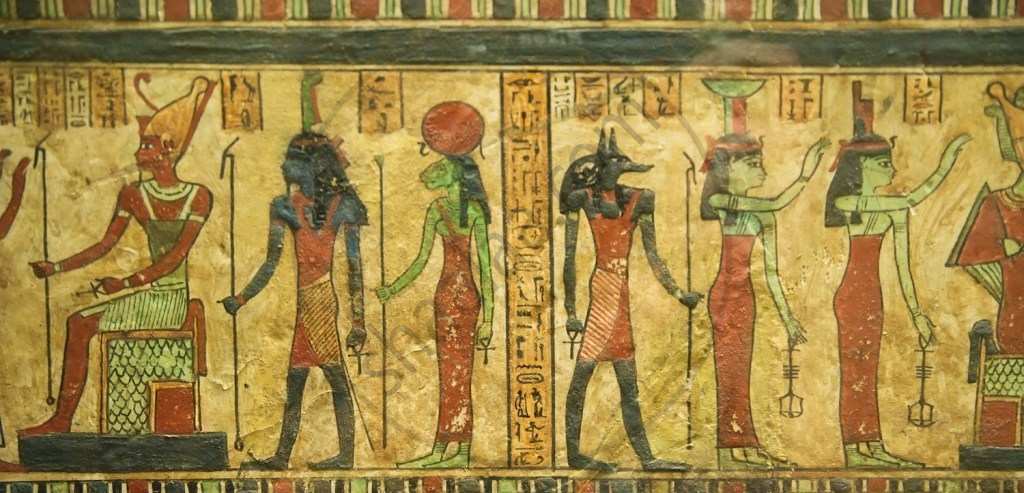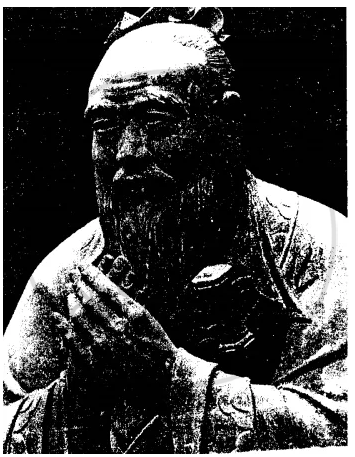Advertisements
Advertisements
Question
This picture on the right-hand side shows a well-planned ancient city located on the banks of a river.

- Identify the civilization from the ruins in the picture.
- When and by whom were these ruins discovered?
- These ruins are an important source of information about the
(a) town planning and
(b) drainage system of this period. Explain.
Solution
- This picture is about Harappa Civilization.
- These ruins were discovered by Dayaram Sahni in 1921.
- (a) Town planning: The Indus Valley cities were very well- planned. The streets were quite broad varying from feet to 30 feet in breadth. The streets and roads were straight and they cut one another at right angles. The streets had rounded comers to enable the heavy carts to take a turn easily. Every street had a lighting system. Such a system of town-planning was not to be found at that time anywhere in the world.
(b) Drainage system: The people of the Indus valley had an excellent, well-planned drainage system. The kitchens and the bathrooms had drains connected to the street drains. The street drains ran along the side of the streets and were usually covered. They had manholes at regular intervals. The drainage system proves that the Indus Valley people paid great attention to sanitation and cleanliness.
RELATED QUESTIONS
Answer the following question?
Describe the Great Granary. Where has it been found?
Explanation of keyword:
Great Bath
Explanation of keyword:
Terracotta
Fill in the blanks:
The rich wore ornaments made of __________ and _____.
How did the Harappan civilization end?
Answer the following question in a few sentences.
Name two gods of the Egyptians.
Text Book Keyword
Sericulture
Fill in the blanks.
To ensure a steady supply of water throughout the year, the Mesopotamian built an ______ and highly developed irrigation system. They also built _______ to control floods.
Match the Following
| Column A | Column B |
| 1. Ziggurats | (a) one of the seven wonders of the ancient world |
| 2. Hanging Gardens of Babylon | (b) temple-tower |
| 3. Cuneiform | (c) sharp reed pen |
| 4. Stylus | (d) code of law |
| 5. Hammurabi | (e) Mesopotamian script |
State whether the following is true or false.
The king was regarded as the representative of God on earth.
Fill in the blanks.
The Nile provided water for ________ and also served as a ____________.
What is mummy? How was a body mummified?
Choose the correct answer:
Dams/Canals/temple-towers were found in the sacred area of the city of Ur.
The figure on the right is of gods and goddesses.

With reference to this civilization answer in one or two words.
(a) One of the Seven Wonders of the ancient world: ……….
(b) Embalming a corpse: …………………..
(c) Sun god: …………..
(d) God of the dead: ..............
Write on Political life and Administration of Egyptians?
What were the main items of the food of the Harappa people?
What do you know about the religious beliefs and practices of the Harappans?
Choose the correct answer:
People in China made ________ pottery.
This is a picture of the statue of a person who founded a religious movement in ancient China that was basically a practical code of moral conduct.

- Identify the person in the picture.
- Name the religion founded by him.
- Mention the important teachings of this religion.
- Name two other major religions that are followed by the people in this country.
